![]()
![]()
![]()
Use LEFT and RIGHT arrow keys to navigate between flashcards;
Use UP and DOWN arrow keys to flip the card;
H to show hint;
A reads text to speech;
29 Cards in this Set
- Front
- Back
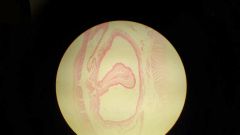
|
Typhlosole |
|
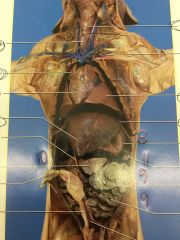
1 |
Trachea |
|
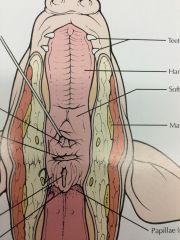
1 |
Esophagus |
|
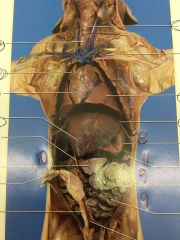
4 |
Thymus |
|
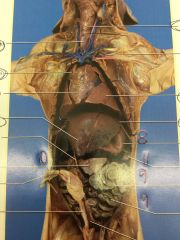
3 |
Thyroid |
|

2 |
Larynx |
|
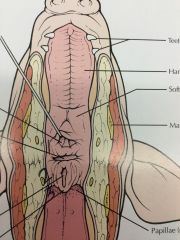
2 |
Glottis |
|
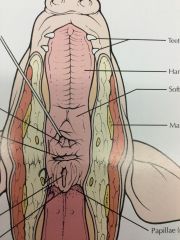
3 |
Epiglottis |
|
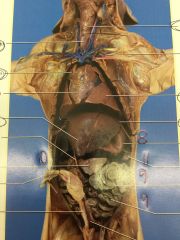
5 |
Lung |
|
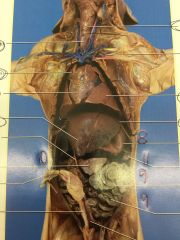
6 |
Diaphragm |
|
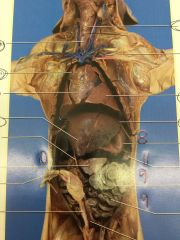
7 |
Liver |
|
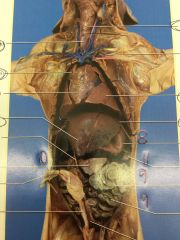
8 |
Stomach |
|

9 |
Small intestine |
|
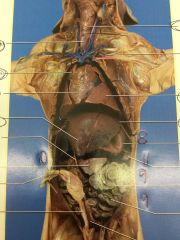
10 |
Large intestine (spiral colon) |
|
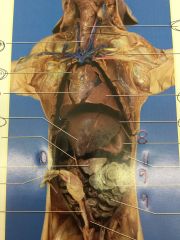
11 |
Spleen |
|
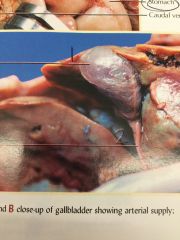
1 |
Gallbladder |
|

2 |
Bile duct |
|

1 |
Pancreas |
|
|
Cecum |
Located where the small intestine and large intestine meet. |
|
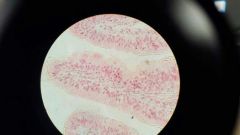
|
Frog intestine--villi, goblet cells, absorptive cells |
|
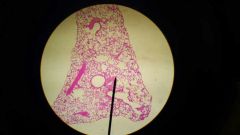
|
Mammalian lung--have rings to avoid collapse |
|
|
Gill rakers |
prevent food particles from leaving the pharynx with the ventilating current |
|
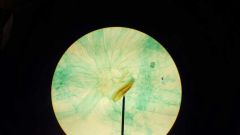
BROWN |
spiracles |
|
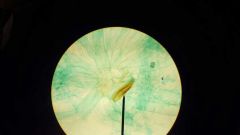
GREEN |
tracheae |
|
|
Tidal Volume |
the volume of air inhaled and exhaled in one normal breath |
|
|
Inspiratory Reserve Volume |
the maximal volume of air that can be forcefully inhaled above and beyond the tidal volume. |
|
|
Expiratory Reserve Volume |
the maximal volume that can be forcefully exhaled following a normal breath. |
|
|
Vital Capacity |
the maximal volume that can be forcefully exhaled following a maximal inspiration |
|
|
Residual Volume |
the volume of air remaining in the lungs after a maximal expiratory effort. |

